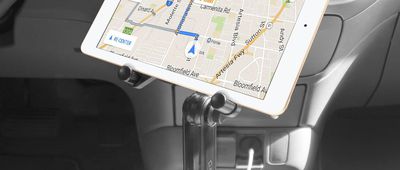Beyond Changing the Oil
Cars are one of the largest purchases consumers make, alongside homes and college educations. But unlike real estate or a bachelor's degree, a car isn't an investment. A vehicle is an expense — and one that doesn't end with the purchase. It takes more than fuel to operate a car over the long run. Routine maintenance and repairs are necessary to keep a vehicle operating safely and efficiently and to preserve its resale value, but you can still save money when caring for your car. Here are some tips to make sure you aren't wasting money on your car.
Related: 11 Things to Do to Maintain Your Car While You're Not Driving It





















